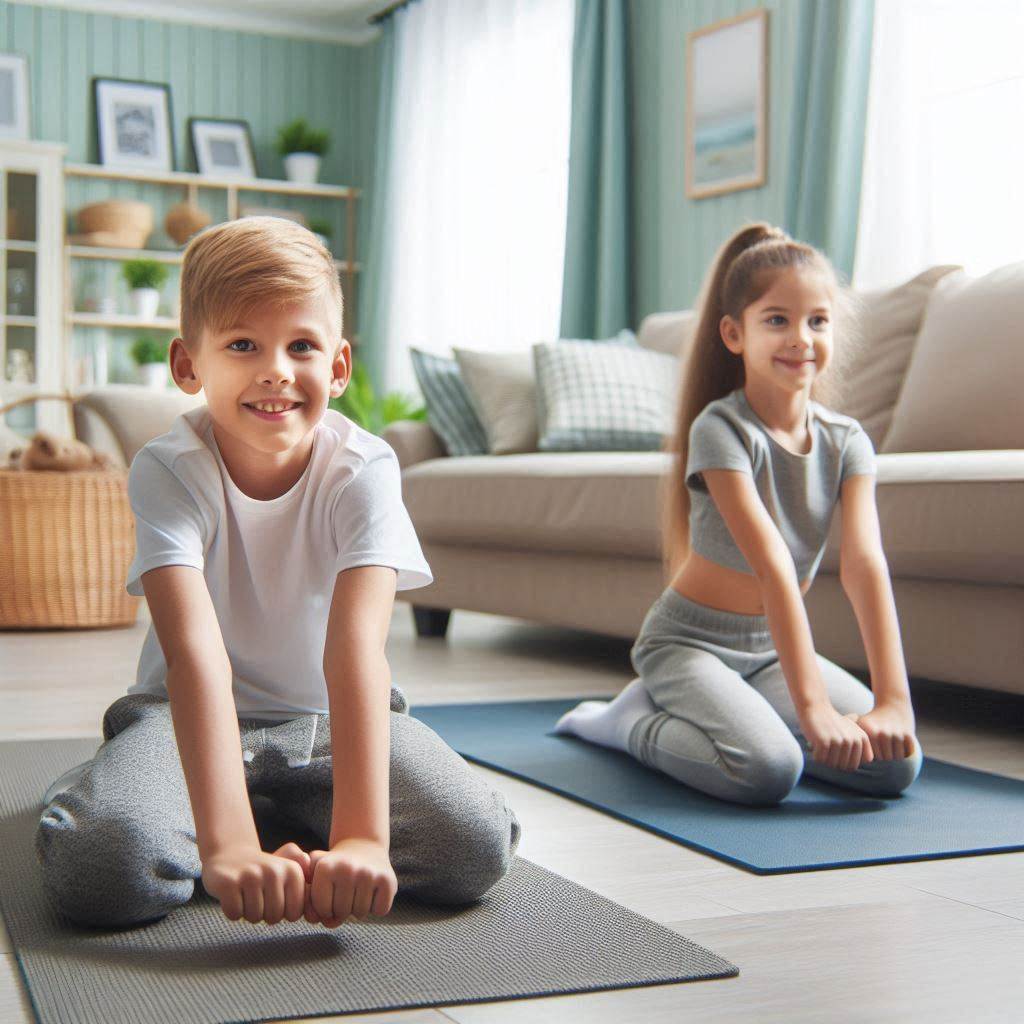Teaching Self-Regulation: Helping Kids Manage Big Emotions
Learning self-regulation is an essential part of childhood development. Kids often feel emotions very intensely, and without guidance, they may struggle to handle feelings like frustration, sadness, or excitement in constructive ways. Self-regulation isn’t something children are born knowing how to do; it’s a skill they learn over time, with lots of support and practice. Here are some strategies to help children develop self-regulation skills, empowering them to recognize, manage, and respond to their emotions in healthy ways.
1. Understanding Self-Regulation and Its Importance
Self-regulation is the ability to manage one’s emotions, thoughts, and behaviors in different situations. This skill helps kids remain calm under pressure, handle frustration, and make thoughtful choices. Kids who develop self-regulation tend to have better social skills, increased resilience, and stronger academic performance. By practicing self-regulation, children gain confidence in their ability to navigate challenges and adapt to new situations.
2. Mindfulness Exercises for Emotional Awareness
Mindfulness is an effective way to teach kids about staying present and recognizing their emotions without judgment. Practicing mindfulness encourages children to notice what they feel before reacting impulsively, which can be particularly helpful during moments of big emotions.
Simple Mindfulness Techniques:
- 5-4-3-2-1 Grounding Exercise: Have your child identify five things they see, four things they feel, three things they hear, two things they smell, and one thing they taste. This grounding exercise can help children refocus during moments of intense emotion.
- Body Scan: Encourage your child to notice how each part of their body feels, starting from their head and working down to their toes. This practice can help kids become more aware of physical sensations associated with emotions, like tension when they’re angry or butterflies when they’re nervous.
Practicing mindfulness regularly builds a foundation for self-regulation. Even just a few minutes a day can make a big difference in how children respond to emotions.
3. Breathing Techniques to Stay Calm
Breathing exercises are excellent for helping kids manage immediate stress or overwhelming emotions. Deep breathing activates the body’s relaxation response, helping to slow down a racing heart and clear the mind.
Fun Breathing Exercises for Kids:
- Balloon Breaths: Ask your child to imagine they’re inflating a balloon in their stomach. Have them take a slow, deep breath in through their nose to “inflate the balloon,” then slowly exhale to “deflate” it. This visual can help kids focus on their breathing.
- Bumblebee Breath: Have your child take a deep breath in and, as they exhale, make a gentle humming sound like a bumblebee. This exercise can be calming and is also fun to practice together.
Regularly practicing these breathing techniques can help kids learn to calm themselves in stressful moments, making it easier to face challenges with a clear mind.
4. Teaching Emotion Recognition
Children often feel strong emotions but may struggle to label them. Teaching kids to recognize and name their emotions is a crucial step in learning self-regulation. When kids can identify what they’re feeling, it becomes easier to find appropriate ways to manage those emotions.
Tools for Emotion Recognition:
- Mood Charts: Create a simple mood chart with facial expressions and labels like “happy,” “sad,” “angry,” “frustrated,” and “excited.” Ask your child to point to the face that matches how they’re feeling. Over time, kids will get better at identifying emotions independently.
- Emotion Words: Expand your child’s vocabulary for emotions beyond “happy” and “sad” by introducing words like “disappointed,” “overwhelmed,” and “peaceful.” Books and storytelling can be helpful in discussing these emotions in context.
Helping kids understand the broad spectrum of emotions is a powerful way to make them feel seen and understood, and it gives them a toolkit to express themselves effectively.
5. Role-Playing Scenarios
Role-playing is a playful yet impactful way to help kids practice self-regulation strategies. It allows them to experience different situations and responses in a low-pressure environment, preparing them to handle real-life scenarios with confidence.
Ideas for Role-Playing Scenarios:
- Handling Frustration: Pretend to play a board game where things don’t go as planned. Teach your child to take a deep breath, express how they’re feeling, and come up with solutions.
- Sharing and Taking Turns: Act out a scenario where two people want the same toy. This can help children practice compromise, patience, and empathy.
These role-playing exercises make learning about self-regulation enjoyable and interactive, helping kids internalize these techniques and use them naturally.
6. Creating a Calm-Down Corner
A calm-down corner is a designated space where kids can go to manage their emotions when they feel overwhelmed. This space can be filled with comforting items, such as soft pillows, fidget toys, or coloring books, and can serve as a safe zone for kids to practice self-regulation on their own.
Setting Up the Calm-Down Corner:
- Sensory Items: Include items like stress balls, noise-canceling headphones, or scented playdough. These sensory objects can help kids release tension.
- Emotion Cards: Have a set of cards that your child can look through to help identify and understand what they’re feeling.
- Breathing Posters: Hang posters or drawings of breathing exercises as visual reminders. When kids can see these techniques, they’re more likely to use them.
Encourage your child to visit the calm-down corner whenever they feel upset, helping them to develop independence in managing their emotions.
7. Consistency and Patience: Key to Long-Term Self-Regulation
Developing self-regulation takes time, patience, and practice. Consistent routines, open conversations about emotions, and regular practice of calming techniques will gradually build your child’s skills. Remember to praise their efforts and improvements in self-regulation, helping them feel encouraged and motivated to keep trying.
Conclusion
Teaching self-regulation equips kids with tools that will benefit them throughout life. With mindfulness exercises, breathing techniques, emotion recognition, and role-playing, you can empower your child to manage their emotions constructively. By providing this foundation, you’re giving them the confidence to face challenges, embrace their emotions, and ultimately, become resilient and self-aware individuals.
By practicing these techniques together, your family can develop a toolkit for emotional wellness, fostering a calm and supportive environment for growth.



